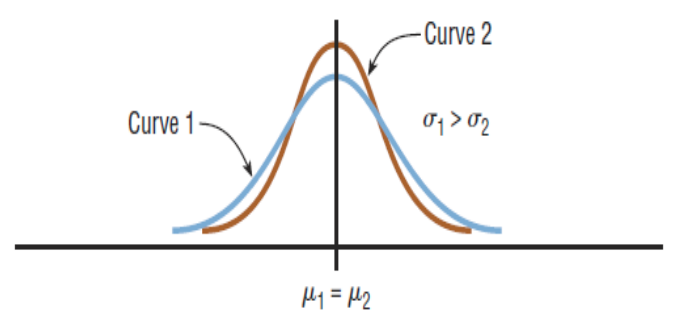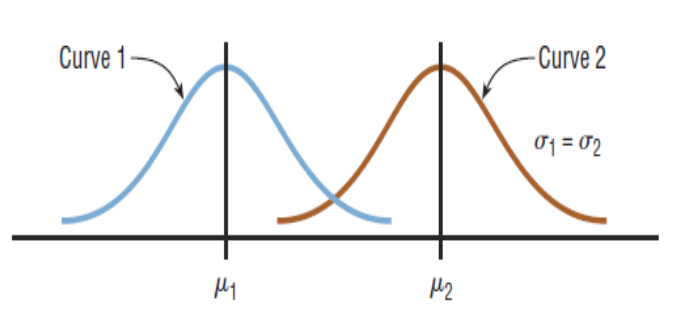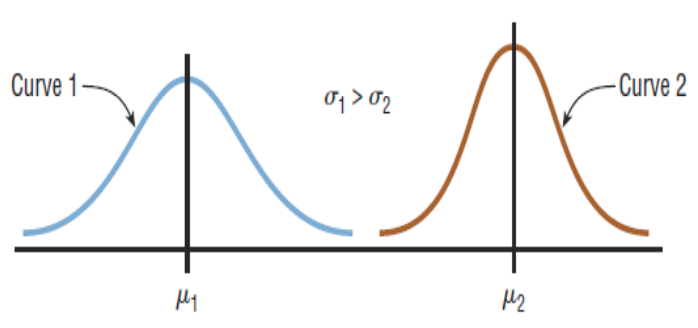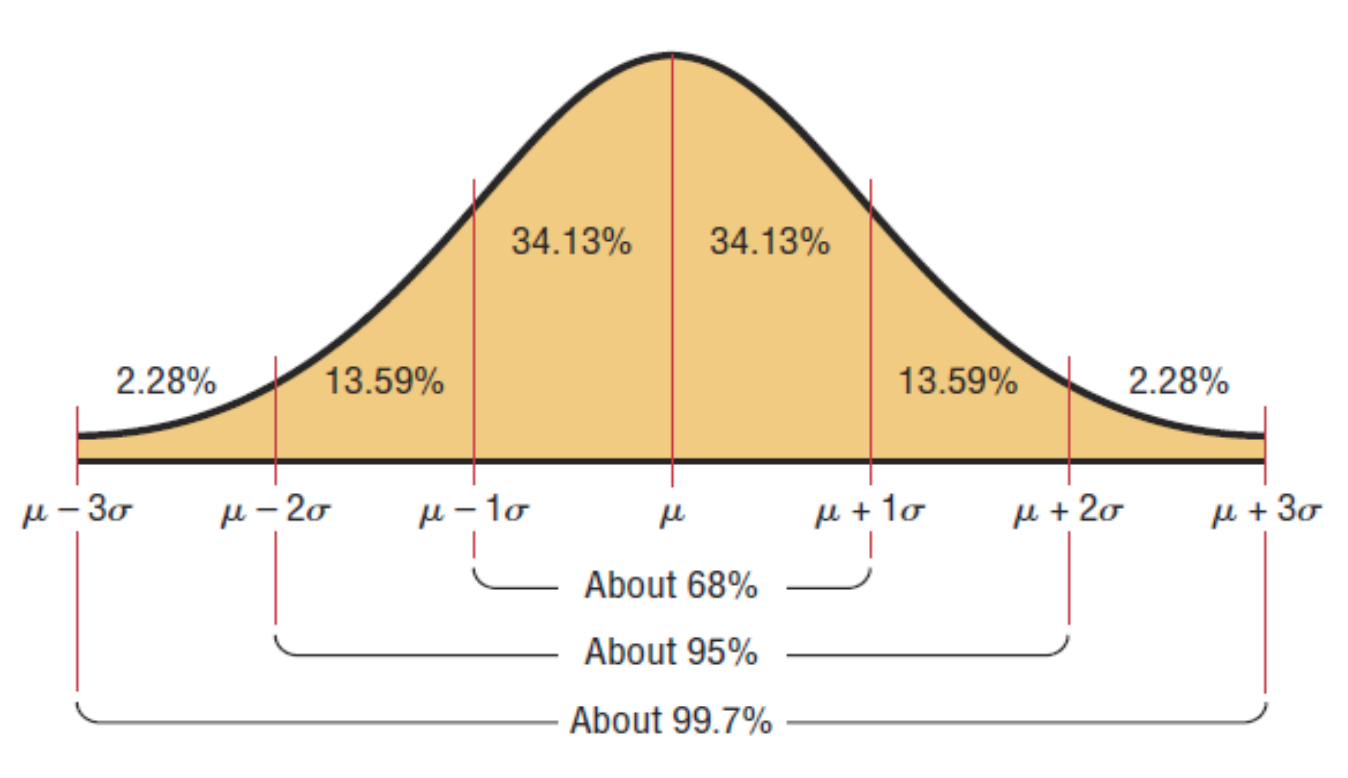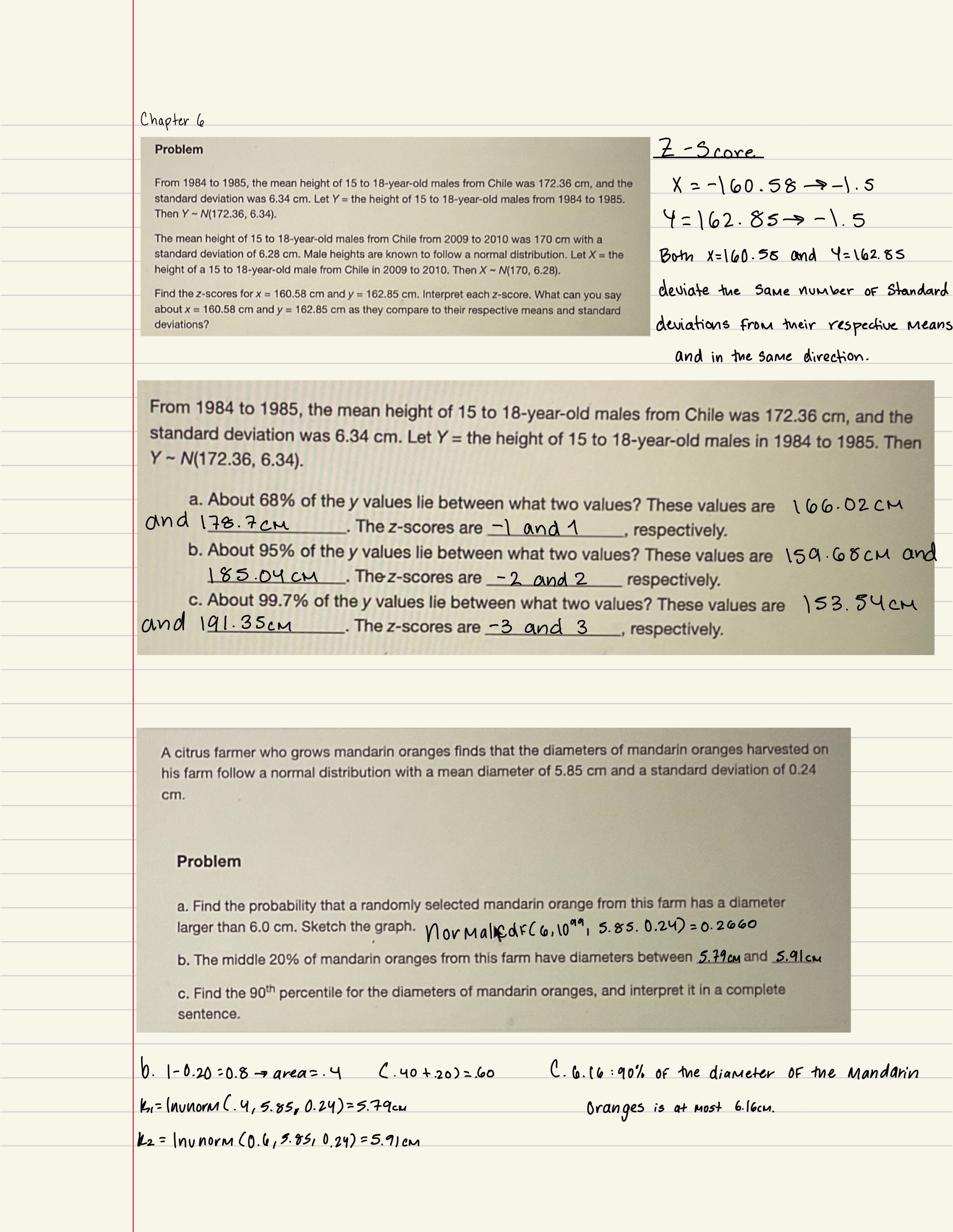5.0(1)
Other AP Statistics unit study guides
AP Statistics Ultimate Guide
Unit 1: Exploring One-Variable Data
Unit 2: Exploring Two-Variable Data
Unit 3: Collecting Data
Unit 4: Probability, Random Variables, and Probability Distributions
Unit 5: Sampling Distributions
Unit 6: Inference for Categorical Data: Proportions
Unit 7: Inference for Quantitative Data: Means
Unit 8: Inference for Categorical Data: Chi-Square
Unit 9: Inference for Quantitative Data: Slopes
Studying for another AP Exam?
Check out our other AP study guides
Tags
 Knowt
Knowt

